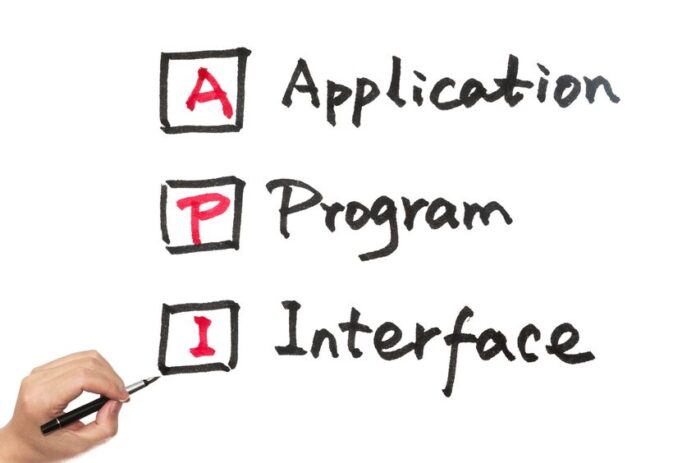Industry leaders demonstrate LSO integration points
Colt Technology Services, alongside technology partners AT&T, Orange, Ciena, Amdocs and Fujitsu, recently demonstrated a number of MEF Forum Lifecycle Service Orchestration (LSO) integration points, providing a consistent experience in network provisioning, regardless of where customers want services delivered. Colt and its partners plan to demonstrate these MEF LSO integration points in a MEF17 proof of concept showcase.
According to the company, the proof of concept demonstrates the feasibility of customer control over a network using application program interfaces (APIs) through a single enterprise controller. This provides better control without jeopardizing customer experience, including environments with fluctuating demands, said the organization.
The proof of concept serves as a validation of the LSO Sonata SDK (Software Development Kit), which provides orchestrated connectivity services across various service providers globally. It was originally announced by the MEF in October. The APIs that make up the core of the LSO Sonata SDK include the LSO Sonata Address Validation API, LSO Sonata Serviceability API and the LSO Ordering API.
Currently, expensive proprietary implementation projects are required if two operators wish to provide a degree of automated interaction between their networks. The proof of concept aims to address this challenge with a standardized open API for automated ordering and provisioning of SDN-based services, allowing different operators with different SDN architectures to communicate in real time.
“AT&T supports the LSO Sonata framework. It is especially powerful when two carriers that interconnect through this API are both using ONAP, the open source network operating system for Sonata and MEF, under the hood,” said Chris Rice, senior vice president of AT&T Labs, Domain 2.0 Architecture and Design. “This will drastically accelerate the process of moving from a proof of concept to scale production deployments.”
Colt also announced it is demonstrating a production implementation of a customer facing SDN API, which provides users with autonomous control over a network and combines them with wider service delivery platforms.
“Colt sees the API requirement growing in importance as customers continue to demand greater control across multiple service domains, on-premise and remote, through their own orchestration platform, said Mirko Voltolini, vice president of Technology and Architecture at Colt. “Our customer facing SDN API shows that we are committed to the goal of being part of a wider automation ecosystem that will allow our customers to really unleash the power of our network.”

